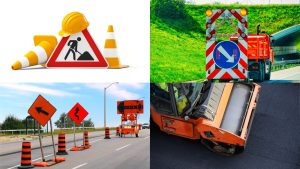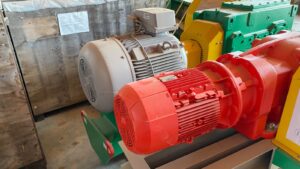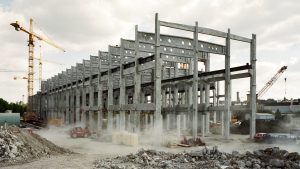Are you struggling to keep an eye on the maintenance work that occurs in your power station when you are not physically there? The power plant is all about generating power in the eye of an outsider. But it is so much more than that for the power station authorities like you. It is the interwoven work, performed to maintain power plants, including inspections, maintenance, and repairs for all of the assets used throughout a power plant. This maintenance work is crucial for the safety and preservation of the longevity of energy plant assets. That is where you need modern technology such as CCTV.
In this article, we are going to explore everything about the application of CCTV technology in the complex power plant context and how it can optimise the performance of the power plants while guaranteeing safety.
What is CCTV Technology?
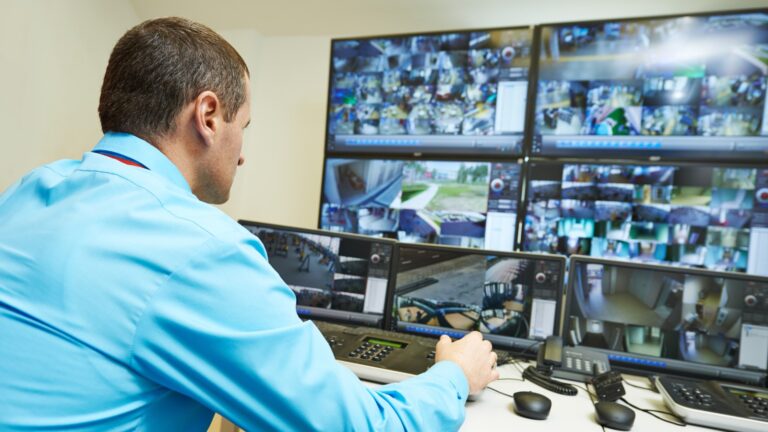
Although there is literally nobody who is not familiar with CCTV, we thought of starting this article with a thorough introduction to it. So, what exactly is this CCTV? A TV system called ‘Closed-Circuit Television’ or CCTV for short, is one in which signals are not broadcast to the general public but are instead monitored, primarily for security and surveillance purposes.
CCTV depends on well-positioned cameras and monitoring camera input on distant monitors. The cameras are referred to as ‘closed-circuit’ because it means that access to their footage is restricted by design to those who are able to see it. This is because they connect with monitors or video recorders over private broadband cable lines or wireless communication links.
Top Applications of CCTV Technology in Power Station Management
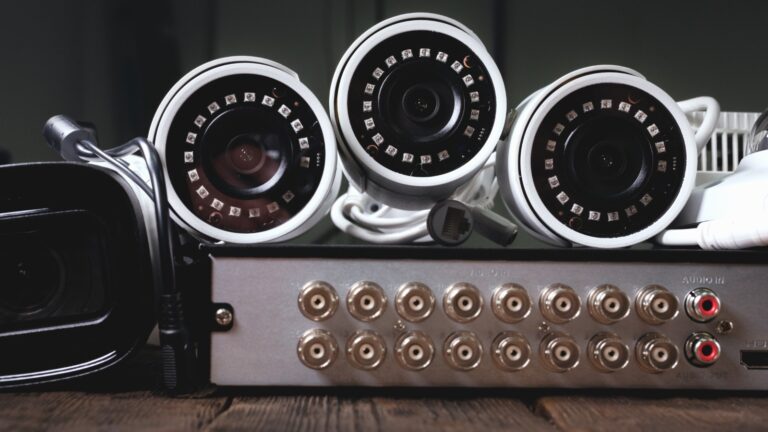
Security Monitoring
By monitoring power plant locations day and night, CCTV equipment functions as a vigilant guard. It assists in keeping out unauthorised visitors, offers defence against damage, and stops objects from being stolen without authorisation. It acts as a watchful protector, ensuring sure only the appropriate individuals are present and nothing is stolen, to keep the power plant regions secure and safe.
Power plants urgently need this specialised technology because it acts as a dependable watchman who constantly keeps an eye out, ensuring that everything at the facility stays in its right position and that everyone abides by the laws.
Safety Oversight
Keeping a check on what employees perform at the power plants is made possible by these cameras. They ensure that everyone adheres to the safety regulations, preventing accidents and ensuring worker safety. Making sure everyone is carrying out tasks correctly is like having an extra set of security measurements that can check everything.
Because they are safe and can concentrate on their work without fear of accidents, employees feel more comfortable as a result. The cameras ensure everyone’s safety since they are always keeping an eye on things and ensuring that everything in the power plants runs well.
Emergency Response
As power plants are highly prone to emergencies, CCTV is a ‘must-have’. The CCTV cameras are extremely helpful when anything terrible occurs at the power plant, such as a fire or a leak. They keep an eye on everything in real time. This immediate observation enables the staff at the power plant to act quickly to address the issue and prevent it from getting worse.
It is equivalent to having a great tool that alerts you when something is incorrect so you can fix it before it becomes a major issue. By identifying problems as soon as they arise, the cameras keep everyone safe and make the power plant a safer place for everyone who works there.
Remote Inspection
Workers at power plants can use CCTV cameras to remotely inspect key components and equipment. It is as if the power plant approves the use of inspection senses that can see details even when they aren’t there. This enables those responsible for maintaining the power plant to locate issues without having to intervene. They can check the photos taken by the cameras to see if anything is off.
It is an undercover approach to inspect machinery and determine whether everything is operating as it should. Since CCTV technology has the ability to help keep everything under control from a distance, this particular capacity saves time and ensures the power plant stays functioning smoothly.
Operational Efficiency
Observing the power plant with CCTV can help identify areas for improvement. It is among the greatest methods for accelerating work that is more effective. They can make repairs when they see something is not exactly functioning properly. This ensures that the power plant makes the optimum use of its resources, including energy and materials.
It ensures that every component of the power plant is operating well so that it can produce large amounts of energy with minimal waste. In order to keep the lights on for everyone, the power plant must ensure that everything functions smoothly and effectively. The CCTV cameras assist it in doing this like a smart administration would.
Environmental Compliance
The implementation of CCTV at power plants helps monitor what is released into the air and how trash is disposed of. This technology has a special capacity that will ensure the environment is not harmed in any way. The power station is able to verify that they are complying with the guidelines for protecting the environment by viewing the CCTV images.
Implementation of CCTV technology will assist in making sure the power station is adhering to the law of nature and not doing anything that could hurt the planet. This helps the power station be responsible and good for the environment, making sure everything is clean and safe for everyone around.
Incident Investigation
If something goes wrong, videos from the CCTV cameras at power plants could be used to determine what happened. It is similar to viewing a video rewind to discover how something happened. These videos clearly illustrate what occurred and help in determining the cause. Making the best choices for what to do next is made easier because of this.
If something wasn’t right, they can fix it so it does not happen again. The CCTV videos are like a helpful tool that tells the story of what happened, so everyone can learn from it and make sure the power plant stays safe and runs smoothly in the future. This footage can be utilised at the courts as evidence.
Infrastructure Maintenance
Regularly inspecting the power plant’s inside can assist identify when components begin to age or break. A power plant must be kept in good working order since it houses many complicated structures. Accountable employees can make repairs when they see something is not functioning properly before it leads to greater issues. There wouldn’t be any unexpected collapses if the infrastructure was properly maintained.
The routine inspections keep things running well and save major, expensive problems down the road. It is taking proper care of the insides of the power plant to ensure that it remains durable and continues to provide electricity for everyone who requires it.
Make Your Business Environment Safe with Technology

As you have walked through this blog article from the start to the end you might have understood how much new technology optimises business growth by ensuring its safety and smooth running of its workflow. Technology not only promises you business growth but it will make you walk towards the sustainability path as well. However, collaborating with a reputed software supplier will make your accuracy concerns go away.

